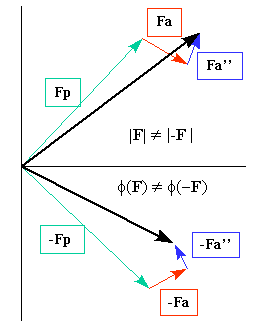|
|
|
|
| Characterizing
your crystal
|
Characterizing
your crystal
Four Things You Should Do Once you Have A Native Dataset 1) Twinning Server
|
|
|
Molecular
Replacement
Chose an algorithm best suited to your problem. 1) GLRF
|
|
|
Phasing with Multiple
Isomorphous Replacement/Anomalous Scattering (MIRAS) or Multiwavelength Anomalous Dispersion (MAD) Involves multiple steps. A) Preparing Heavy Atom Derivatives B) Evaluating the quality of a potential derivative. C) Calculating an Isomorphous difference Patterson map D) Calculating an Anomalous difference Patterson map E) Calculating Phases 1) Solve 2) Mlphare 3) Sharp |
|
|
Graphics
We offer examples from each program to help you choose the program best suited to your needs. Specifically, we consider two types of figures typically appearing in crystallographic articles; (1) panoramic view (tertiary/quaternary structure) and (2) close up views (active sites, interfaces, etc.) and 1) Ribbons 2) Setor 3) O with Molray 4) Rasmol with Raster3D 5) WebLab viewer 6) Ligplot |



